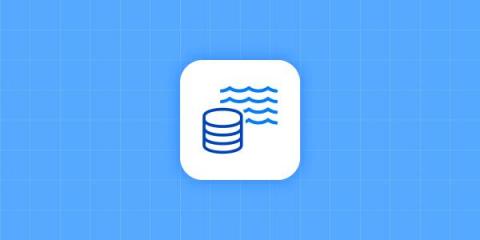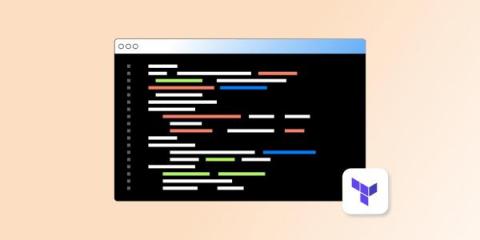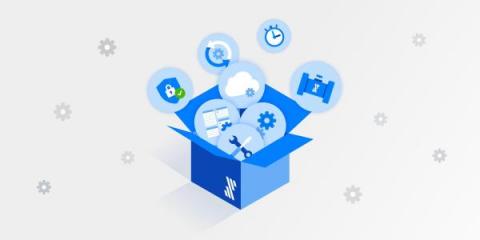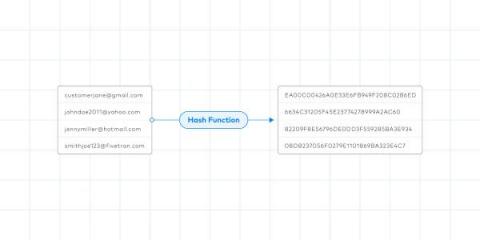Systems | Development | Analytics | API | Testing
Integration
What is a data lake?
Data lakes serve as central destinations for business data and offer users a platform to guide business decisions.
EDI vs API in B2B partner onboarding | How you can use both
This discussion has been going for years: who wins the battle of EDI vs API? On the one hand, EDI is considered to be a legacy technology that is difficult to implement and maintain. Yet at the same time many enterprise-grade software systems have it as a key element of information communication. In fact EDI continues to play an integral role specifically in the supply chain oriented industries such as logistics, automotive and, of course, retail.
What is data transformation?
Learn why data transformation is essential to data modeling and bringing your organization to the forefront of data literacy.
New Fivetran Pricing Delivers Greater Accessibility to Customers
Unlimited resyncs, moving from credits to dollars, new pricing plan, and more.
The state of iPaaS in 2022: Powering SaaS, Data Intelligence, and AI
The iPaaS market is clearly growing now at a faster pace than ever anticipated. This is not only due to the pandemic forcing companies to accelerate the digital transformation, but also in general due to the rise of SaaS. The replacement of older, server-bound software solutions with more modular, user-friendly and flexible SaaS solutions means customers need to connect these disparate cloud systems somehow if they want their business to become truly data driven.
Terraform and the Modern Data Stack as Code
Create and maintain dev, test and prod modern data stack deployments with Fivetran’s Terraform provider.
Best of 2021: Fivetran's Year in Review
Dozens of new connectors, partner integrations, security and compliance enhancements — and the Fivetran data models you love.
Protecting Sensitive Data Across Every Fivetran Connector
Column masking for PII and other sensitive data is now universally available — including for SaaS apps, files, events and more.
What Makes a Good API | 6 Aspects That Make it Fit for Integration in 2022
There is hardly an IT application nowadays that doesn’t provide an API, which specifies how this application should interact with the rest of the IT ecosystem. So, it’s no wonder that IT staff even at large enterprises increasingly make use of APIs when they need to integrate multiple systems with each other, commonly new SaaS applications with the existing IT estate. At the same time, there are APIs and then there are APIs.











